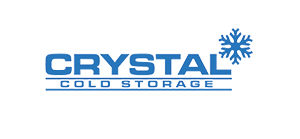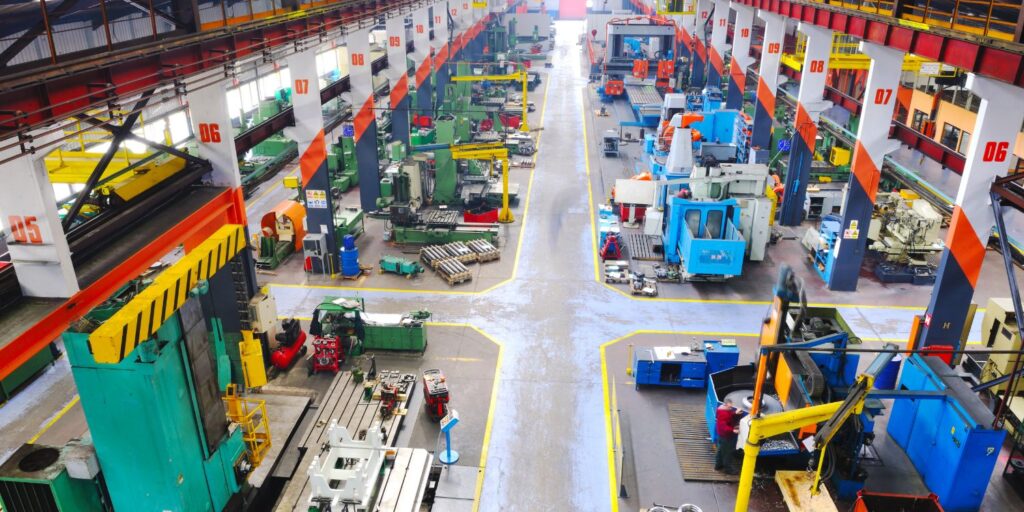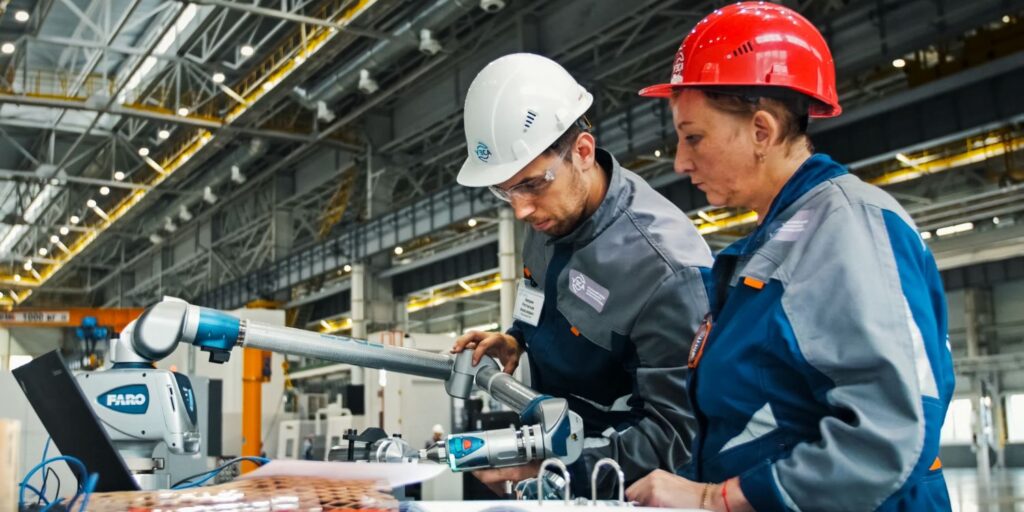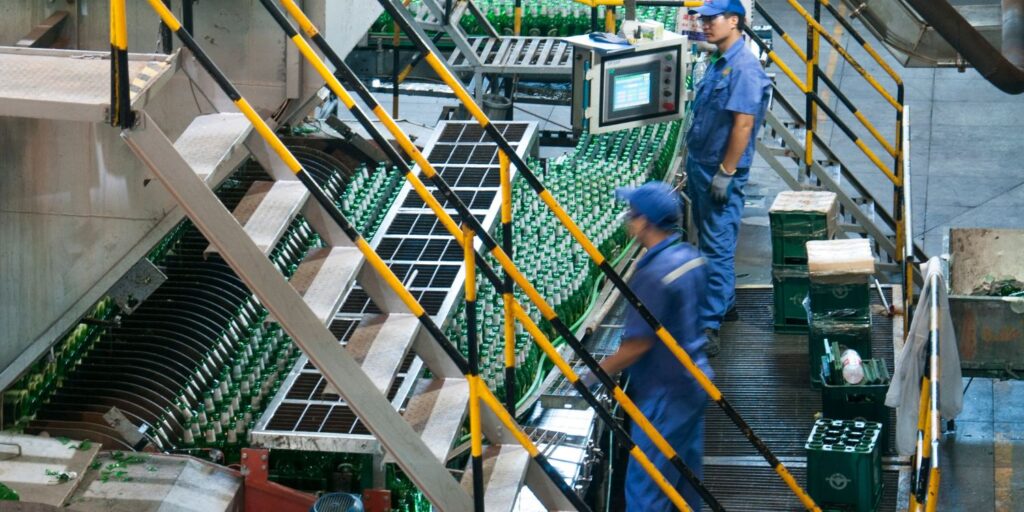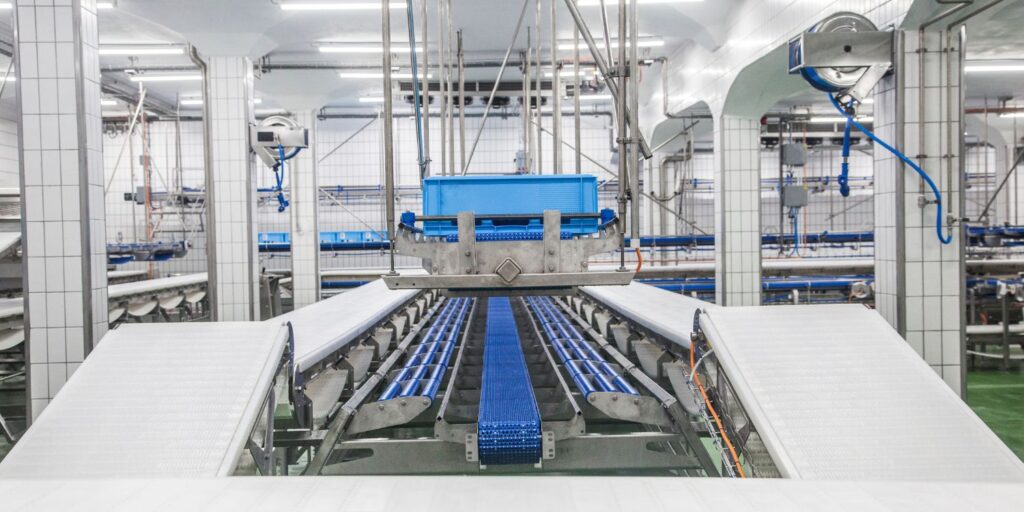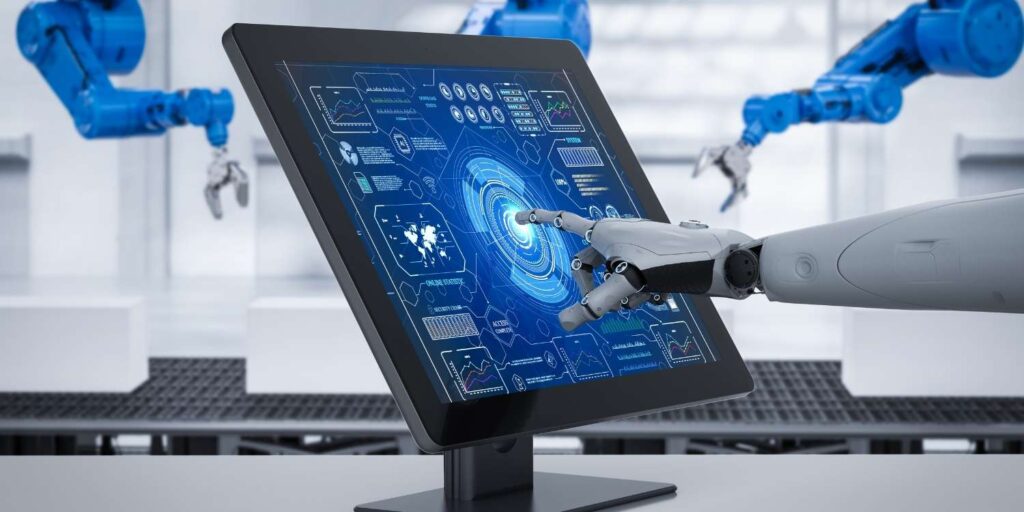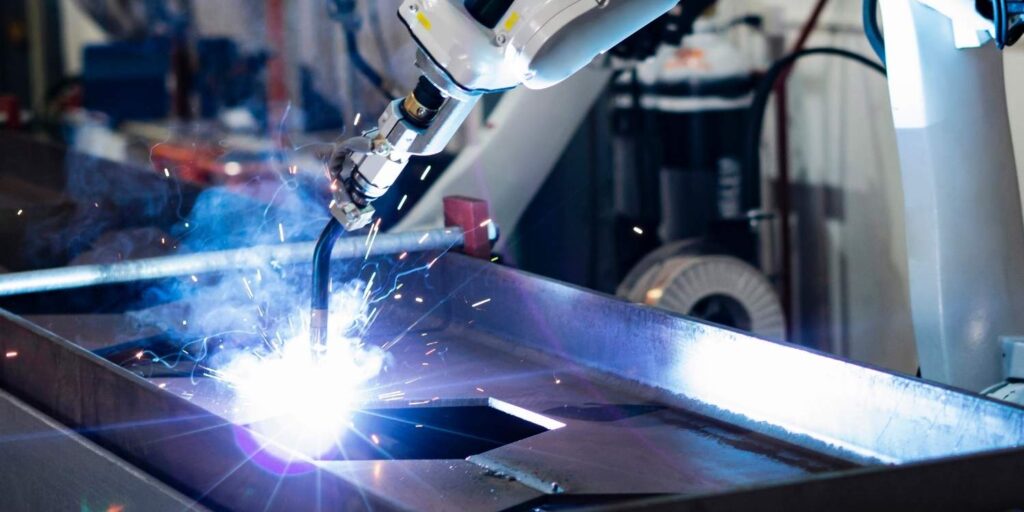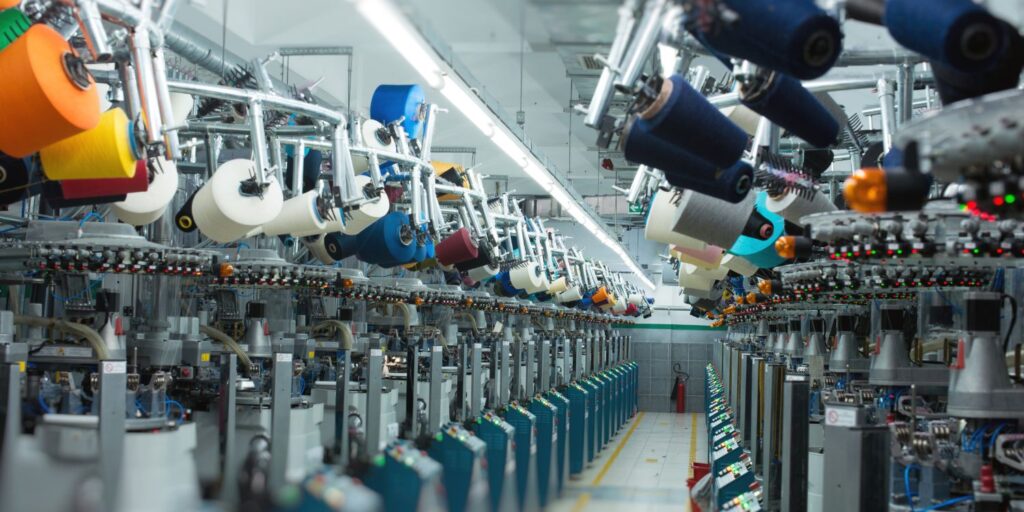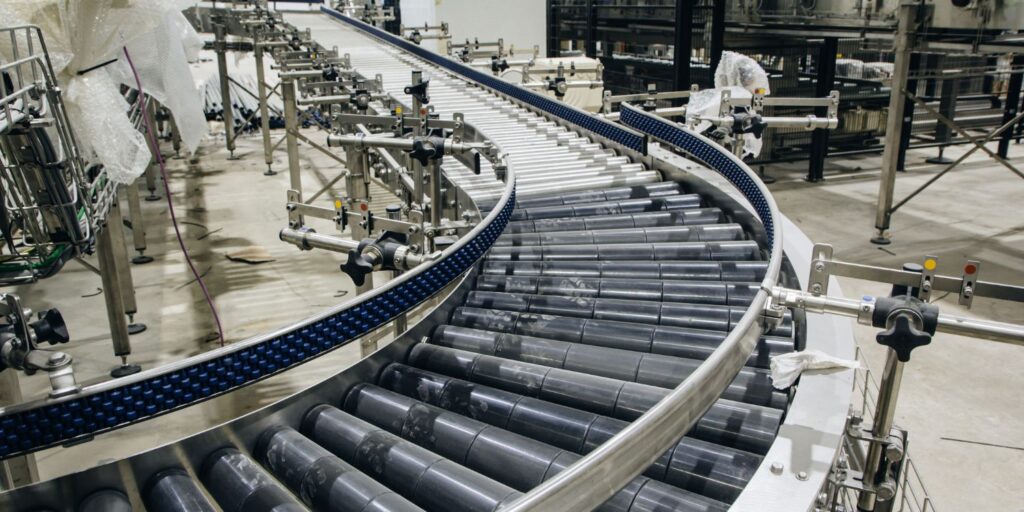If you need to upgrade or improve your PLC systems, start by collecting detailed field notes of equipment, wiring, functions, etc. This will give you a detailed list of components that need to be supported by your PLC systems as well as catalog of necessary parts such as new control processors, modules, remote racks, motion control components, network switches, console components, and more. Another essential task to do before the configuration of an automated control system is PLC programming.
Improving productivity with PLC programming
In simple terms, a Programmable Logic Controller (PLC) is a robust computer with a microprocessor – but without a keyboard, mouse, or monitor. It is used to control industrial equipment and monitor condition states regarding temperature, moisture, dust, and more.
A PLC uses protocols and ports to communicate with other systems. After receiving information from connected input devices and sensors, the PLC processes the data and triggers required outputs per pre-programmed parameters. Based on these inputs and outputs, the PLC monitors and records runtime data regarding machine productivity, temperature, and other parameters. It can also generate alarms when machine failure occurs and initiate automatic start and stop processes – just to name a few capabilities.
To interact with a PLC, users require a Human Machine Interface (HMI). These can take the form of touchscreen panels or simple displays that allow users to input and review PLC information in real time.
When Crow works with clients seeking to improve or upgrade their PLC systems, the first activity we propose is to conduct a PLC assessment to collect detailed field notes for equipment, wiring, functions, etc. The result of such an assessment is a detailed list of components to be supported by the new PLC system – along with a list of necessary parts such as new control processors, modules, remote racks, motion control components, network switches, console components, and more.
The critical importance of programming
Another essential task is PLC programming. A PLC program consists of a set of instructions, which represent the logic to be implemented for specific industrial projects and applications. At Crow, our PLC specialist and skilled industrial electricians provide essential programming services for new PLC, HMI, and motion control systems. We study existing programs to replicate functionality, write new logic based on existing systems, and design new HMI applications to replace existing implementations.
Proper PLC programming is essential for making equipment and operations faster, more efficient, and more cost-effective. Program functions include initiating the conditions for starting a specified task, executing interruptions, and handling errors. When programmed correctly, PLCs play a critical role in enabling automation, minimizing power consumption, increasing system control, keeping records, and redistributing the available workforce to increase productivity.
Our PLC specialists also have the skills and assistance of our engineering group at their disposal. They can quickly order up needed drawings (layout drawings, control power drawings, or I/O drawings to detail device connections to new PLC) or request project management to ensure vendors and contractors are on track and deadlines are met. We also have the resources to commission equipment – and we always stick around to train technicians and operators on how to get the most out of the new system.
Why a PLC upgrade?
If you deal with reoccurring equipment nuisance issues daily, there’s a good chance these can be resolved through minor changes in your PLC Logic. Your personnel may consider these nuisances to be a simple fact of life – but with some critical observations and the right information, Crow can help you illuminate the underlying cause standing in the way of improved productivity and operational efficiency.
Let’s say you have a minor issue that causes your line to stop five times a day with a loss of two minutes each stop. Maybe this seems like something you can live with – but, assuming a seven-day operation, you’d lose 60 hours of production per year. When your PLC is not working properly or is down, your machines stop running – causing delays that reduce productivity and cut into revenues. Crow can help. Call (503-213-2013) or email Crow (inforequest@crowengineering.com) to schedule a consultation. Our PLC specialists can provide an assessment, programming, and recommendations to improve your process.
Who are we?
Crow Engineering is a multi-discipline consulting engineering firm serving mechanical, structural, and civil engineering needs for a variety of industries.
Engineering Services
the crow connection
Recent News
The Crow Connection delivers high-level insights on engineering, automation, and process optimization, helping you drive efficiency and innovation. Covering topics like AI-powered automation, manufacturing strategies, and industrial process improvements, it’s a must-read for leaders seeking a competitive edge.





